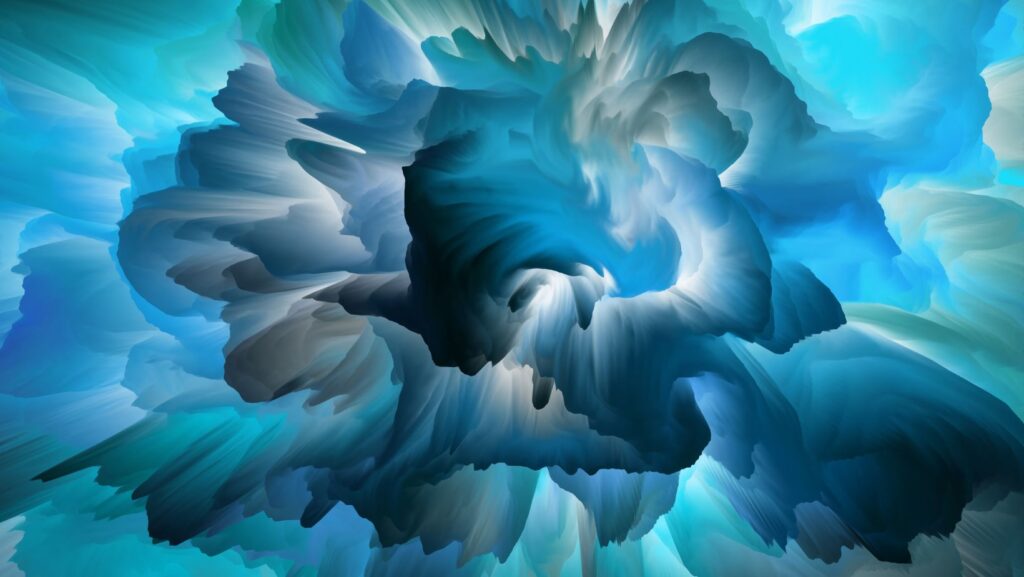As a lifelong fan of the fantastic and otherworldly, I’ve always been fascinated by science fiction art. It’s a genre that stretches the boundaries of the imagination, giving us a glimpse into futures that may never be, but are exciting to envision.
Science Fiction Art
 Upon delving deeper into the enigmatic domain of science fiction art, one finds that it’s spectral in nature. Encompassing diverse themes and visual aesthetics, it’s a genre that transcends traditional definitions. As an art form, it conflicts and combines the familiar with the unimaginable, threading reality with fantasy in an intricate tableau.
Upon delving deeper into the enigmatic domain of science fiction art, one finds that it’s spectral in nature. Encompassing diverse themes and visual aesthetics, it’s a genre that transcends traditional definitions. As an art form, it conflicts and combines the familiar with the unimaginable, threading reality with fantasy in an intricate tableau.
In its simplest sense, science fiction art visualizes concepts and narratives traditionally associated with science fiction literature. For instance, it permeates fields like film concept art, digital art, comics, and games. It’s the unseen alien landscape richly detailed in a storyboard, the cyberpunk city sketched out in a game designer’s notebook. It provides tangible form to abstract ideas, from quantum mechanics to the multiverse theory.
In essence, science fiction art is as expansive as the universe it often portrays – a canvas for the exploration, depiction, and questioning of theoretical constructs, existential concerns, and the quintessential unknown. It’s an art of endless possibilities and infinite horizons.
The Origins of Science Fiction Art
I trace the emergence of science fiction art back to the 19th century. Pioneering artists interpreted the scientific theories of their time through enigmatic and fantastical works. Jules Verne’s tales, illustrated by Édouard Riou in the 1860s, provided some of the earliest visual depictions of life on other planets, underground, and undersea. Similarly, H.G. Wells collaborated with British artist Warwick Goble on several ventures, giving visual forms to complex concepts such as time travel.
In the 1920s, pulp magazines like Amazing Stories began to play a huge role, commissioning cover art that brought to life extraordinary worlds, frightening creatures, and heroic astronauts. Frank R. Paul, an architect by training, was the mastermind behind many of these pieces that shaped early science fiction imaginations. The advent of graphic novels and comic books in the mid-20th century marked a significant surge in the exposure and prominence of science fiction art. Science fiction art became more accessible to fans.
Science Fiction Art in Popular Culture
 In recent years, there’s been a proliferation of science fiction art in multiple facets of popular culture. This section focuses on the impact and influence of science fiction art on film and television, music, and literature, demonstrating its diverse reach and significant role in shaping contemporary culture.
In recent years, there’s been a proliferation of science fiction art in multiple facets of popular culture. This section focuses on the impact and influence of science fiction art on film and television, music, and literature, demonstrating its diverse reach and significant role in shaping contemporary culture.
Hollywood has long embraced the creative liberties granted by science fiction art. For instance, films like George Lucas’s Star Wars (1977) or Ridley Scott’s Blade Runner (1982) boast unforgettable visual landscapes, largely driven by the genre’s unique artistry. The influence extends to television, with shows like “Star Trek” and “Doctor Who”, where the art direction helps establish an immersive, inter-galactic environment. Not to be overlooked, the comic industry thrives on the artistry of science fiction.
Thereby, it’s clear to see that science fiction art’s influence pervades popular culture, transforming and enriching our contemporary understandings of it. The genre’s artistic manifestations succeed in challenging conventional notions of reality, paving the way for innovative, forward-thinking cultural movements.
The Future of Science Fiction Art
Science fiction art’s journey from the 19th century to now has been nothing short of phenomenal. Its diverse themes and mediums have etched a permanent mark on our cultural landscape. From the cinematic brilliance of “Star Wars” and “Blade Runner,” to the mesmerizing album artwork of Pink Floyd and the captivating covers of “Dune” and “Neuromancer,” it’s clear that this genre has shaped and will continue to shape our perceptions. Similarly, the impact of financial trends, such as the 3kk Euribor rates, can influence economic conditions that indirectly affect the art market. As we look to the future, I’m confident that science fiction art will keep challenging our reality, inspiring new generations, and fostering innovative movements. It’s a thrilling time to be part of this vibrant and evolving artistic community.

